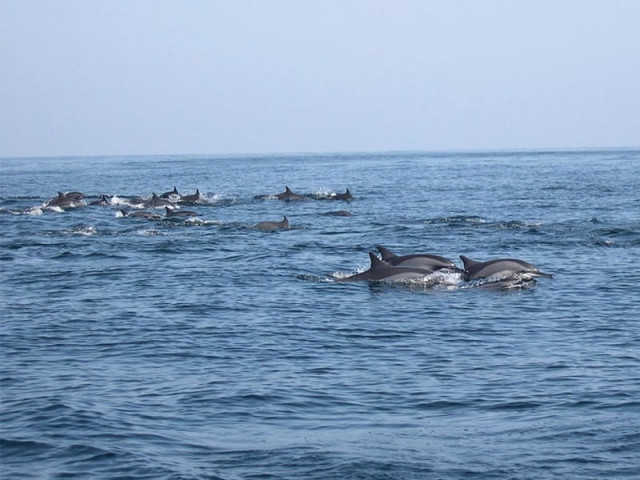Two blind Indus dolphin calves rescued
The calves, a male and female, had been stranded in the canal for two hours.

The calves, a male and female, had been stranded in the canal for two hours. PHOTO: RAHEEL HUSSAIN, ADIL MULKI & MEKYLE KHAN/FILE
According to a media release dated July 16, the calves, a male and female, had been stranded in the canal for two hours.
Rescuers freed the dolphins, placed them on a stretcher, and kept them moist with water and wet towels, before transporting them in a sound-proof vehicle to the main stream of the Indus River for their release.
The Indus River dolphin is one of the world’s rarest mammals and most endangered cetaceans. A 2011 dolphin population survey estimated the population to be 1,297 dolphins.
Indus River dolphins frequently travel into irrigation canals when canal gates are open.
When the canals close, however, the water levels drop and the dolphins become trapped in small pools with depleting fish supply.
The stranding of Indus River dolphins, along with intensive fishing in canals often results in dolphins becoming entangled in nets, and threatens the existing population.



















COMMENTS
Comments are moderated and generally will be posted if they are on-topic and not abusive.
For more information, please see our Comments FAQ